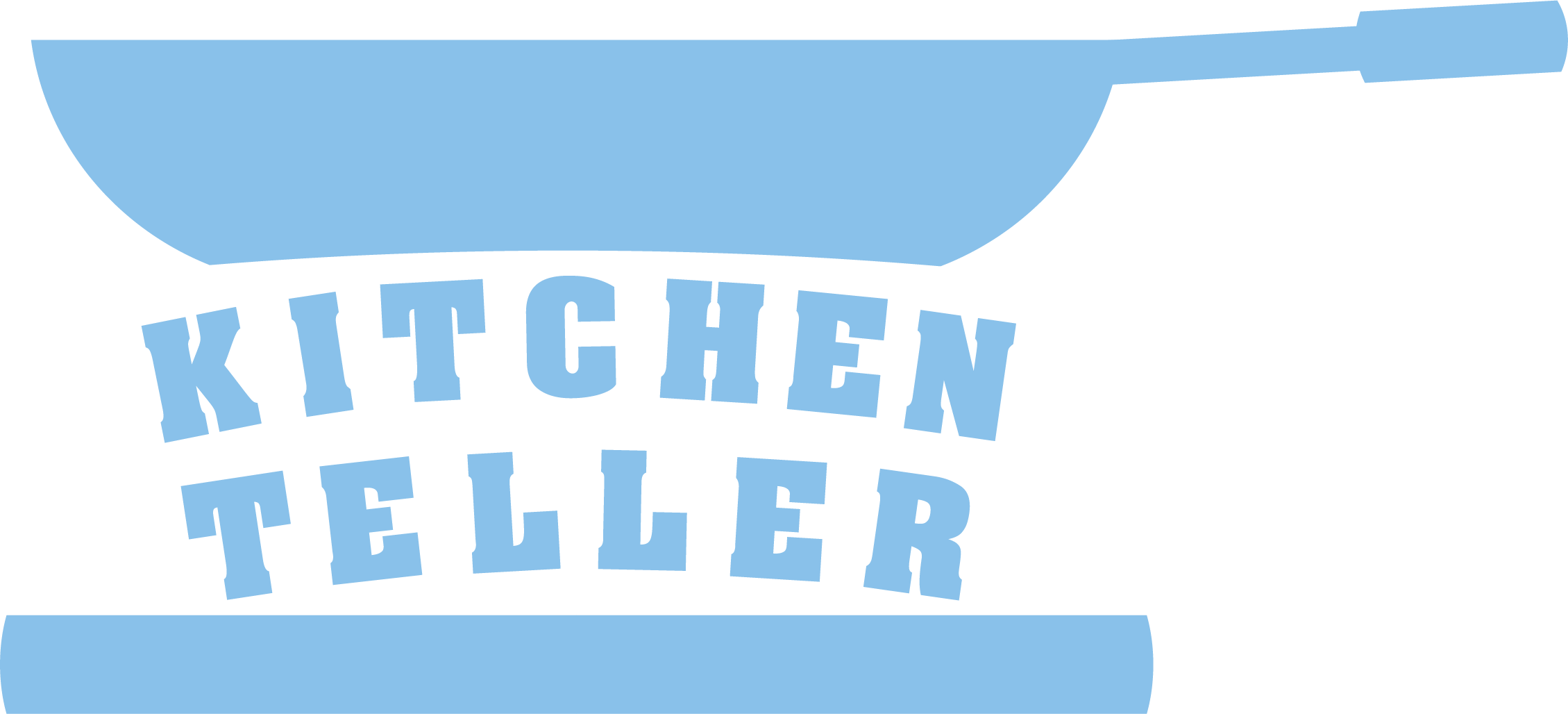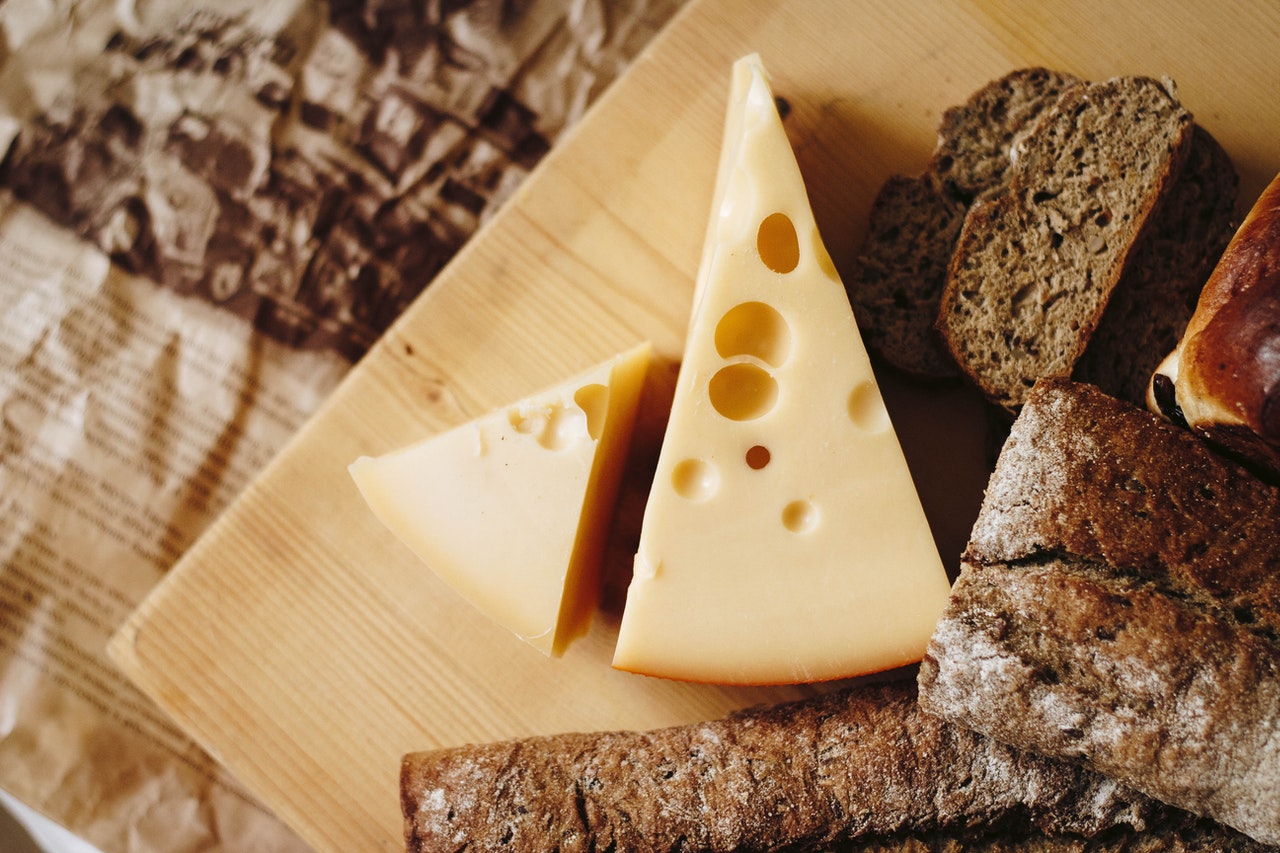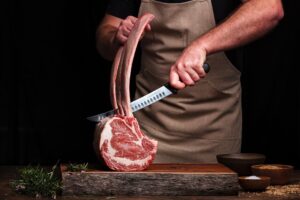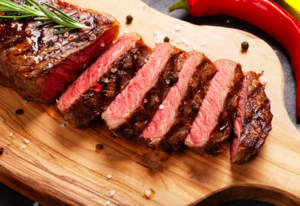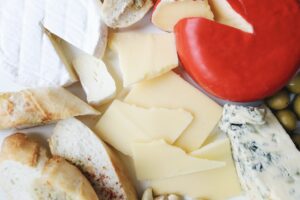Cheese is an amazing food that is widely beloved around the world. But if you dive into the world of cheese, you may be daunted as it is very complicated. Here, we are going to introduce the basic knowledge from production to the pairing. Let’s go!
Do read until the end of this article as there is a unique coupon code for you!
Table of Contents
◈What Is Cheese Made?
The formula for making cheese is super simple: Milk + Coagulant + sometimes other flavorings. These few ingredients create thousands of types of cheeses.
A. Milk
For the protagonist—milk, there are various types of milk which can affect the flavor of cheese significantly. Below are some common types of milk for cheesemaking:
1. Cow Milk
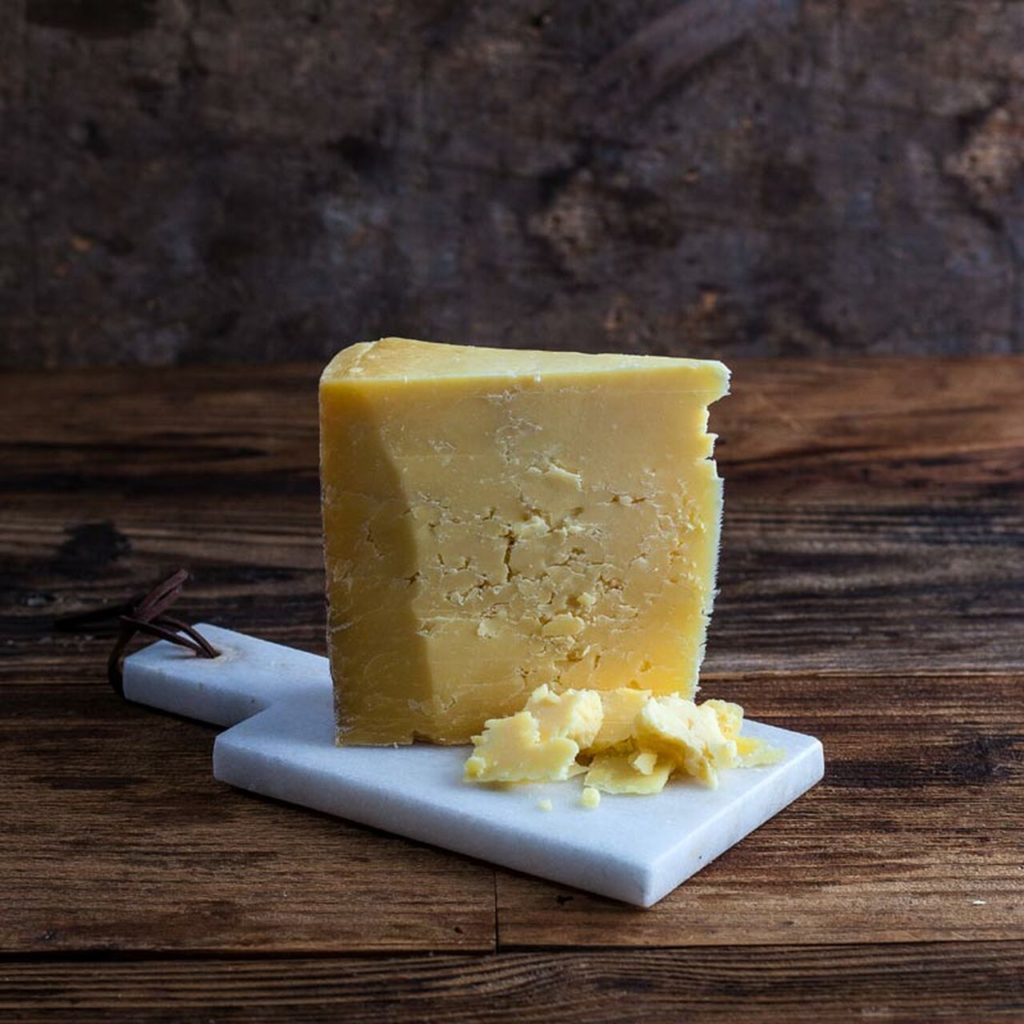
Cow milk is the most common type of milk for making cheese. Since it is widely obtainable as well as provides the best amount of protein and fat. There are countless cow’s milk cheeses such as Cheddar, Raclette and Gouda.
2. Goat Milk

Goat milk cheese is also known as chèvre which is the French word for goat. It is another typical type of milk for cheesemaking. Goat cheese has a distinctive tart flavor due to the higher proportion of medium-chain fatty acids. Apart from that, its flavor is more intense with a hint of earthy. Well-known cheeses made from goat milk include Leonora, Le Chevrot and Cabrales cheese. Don’t know what to try at the first time? A set of goat cheese samplers is tailor-made for you!
► Read More: What Is Goat Cheese? Is It a Dairy? | FAQs of Goat Cheese
► Read More: 13 Types of Goat Cheese Recommended (Don’t Miss It!)
3. Sheep Milk
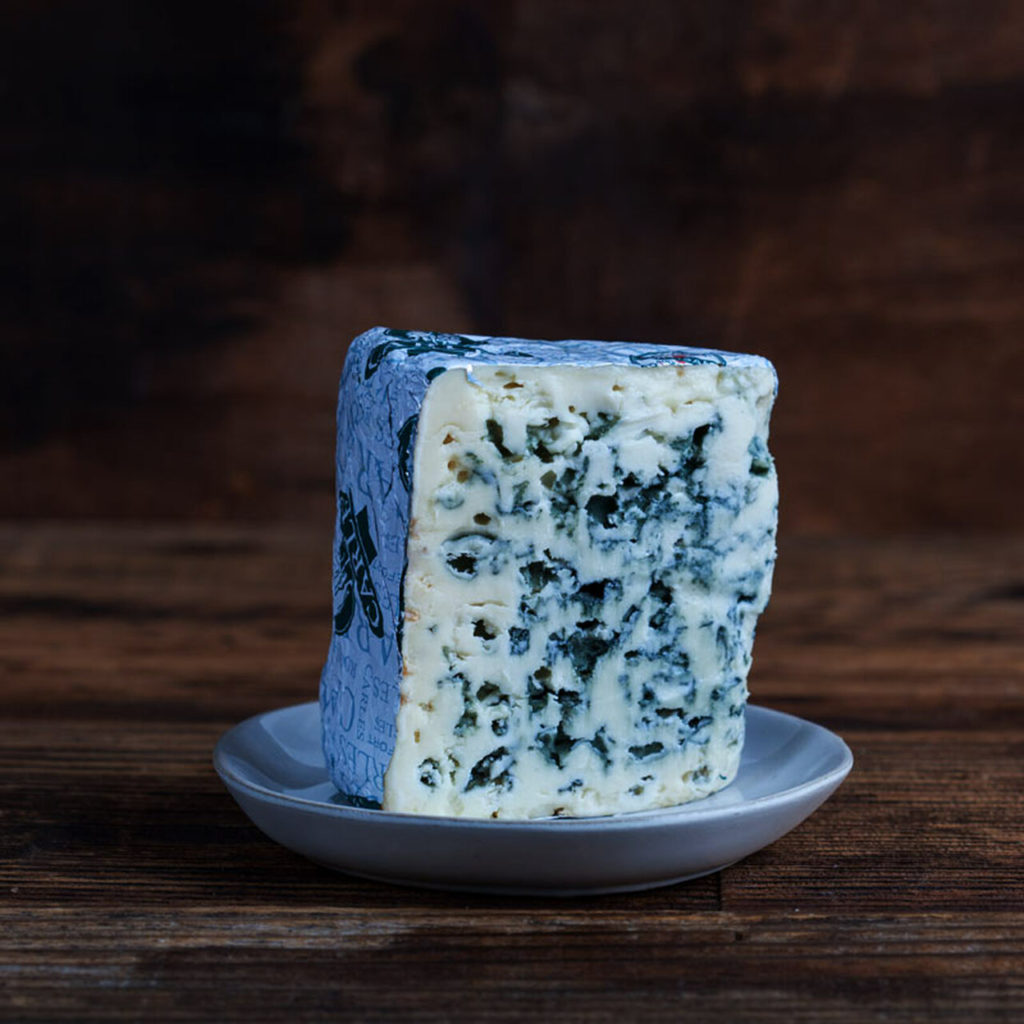
People do not drink sheep milk directly in most cases but they love to use it for cheesemaking. This is because it contains a great amount of lactose. Roquefort and Manchego cheese are examples of sheep cheese.
4. Buffalo Milk
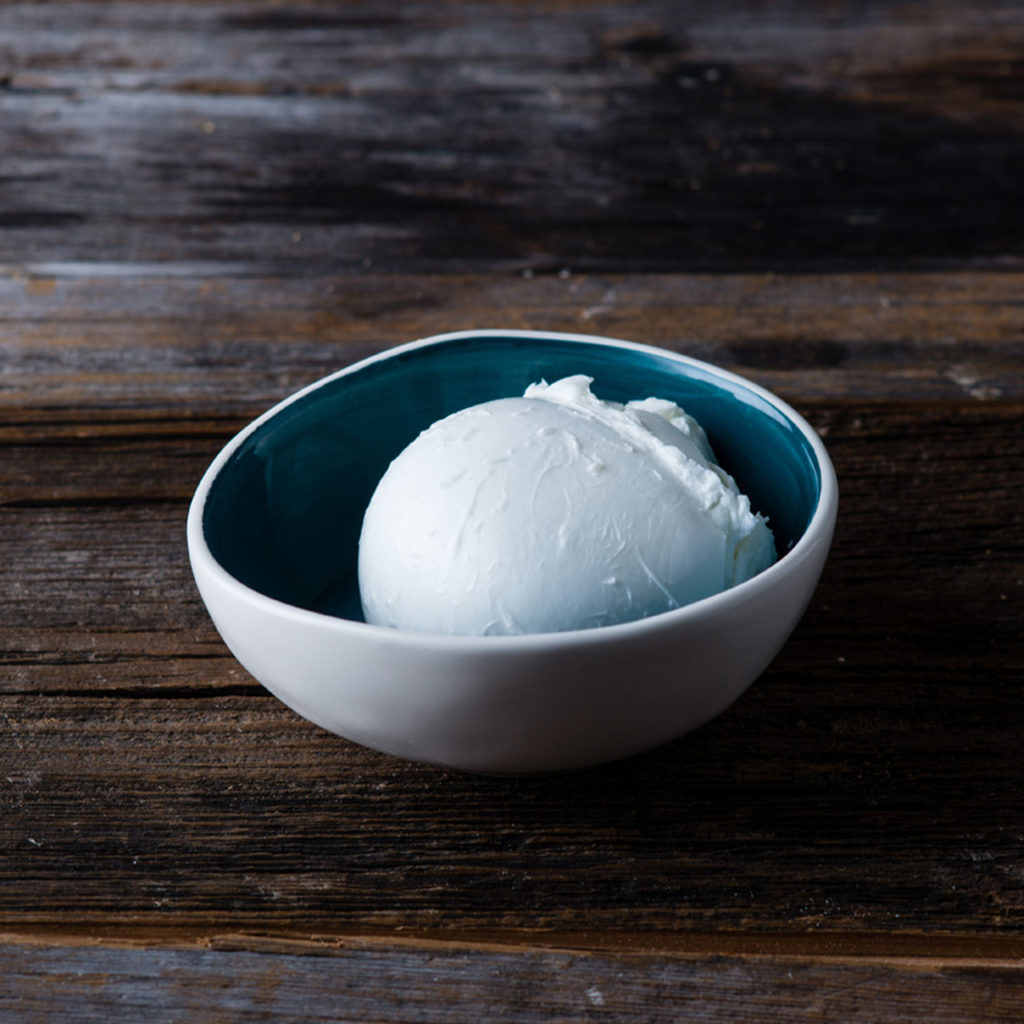
Although the list of water buffalo cheeses is not as long as that of cow and goat cheeses, you can always see the cheeses made from it. Mozzarella is a regular of cheese party which uses water buffalo milk.
5. Other Types of Milk
Some cheeses are made from more than one type of milk, for example, the production of Greek Feta involves both goat and sheep milk. And there are some cheeses made from other types of animal milk such as horse, yak and camel milk. The most expensive and rarest cheese in the world is Pule Cheese which consists of 60% Balkan donkey milk and 40% goat’s milk.
Besides considering what animal’s milk is used, making some luxcious cheeses also pays attention to the time of extracting milk. For instance, making Parmigiano Reggiano traditionally combines two milks. The milk collected at night is skimmed to remove the surface layer of cream and mixed with whole milk extracted in the morning.
B. Coagulant
Milk without coagulants will not turn into magical cheese. Coagulant is the substance that curdles milk and it can be an enzyme or acid.
1. Rennet (Enzymes)
The enzymes for coagulating milk are called rennet. Rennet is a set of enzymes produced in the stomach of cud-chewing animals, such as cows, goats, and sheep. It helps them digest milk and also helps us to make cheese. And some are artificial nowadays. Using enzymes is common in cheese production, for example, cheddar and gouda cheese.
2. Acid
Besides enzymes, acid is generally used to clot milk. There are two ways to acidify the milk. The first one is to produce lactic acid by fermentation of bacteria. The artisans will add starter cultures to get the bacteria. Another way is to directly add acidic substances. There are many kinds of acid used for cheesemaking. For example, lemon juice, vinegar, tartaric acid, and citric acid are commonly used to make soft fresh cheese.
The idea of acid coagulation is to dissolve calcium “glue” from the casein micelles. Therefore, cheeses made by acid coagulation are typically softer in texture. Cottage and cream cheese are examples.
Most of the traditional cheeses from Europe adopt the combination of rennet and acid.
C. Other Flavorings
Apart from milk and coagulant, different flavorings also create different cheeses. The artisans will add truffle, herbs, oatmeal, berry, and even beer into the cheeses for an extra kick of flavor.
◈How Cheese Is Made?
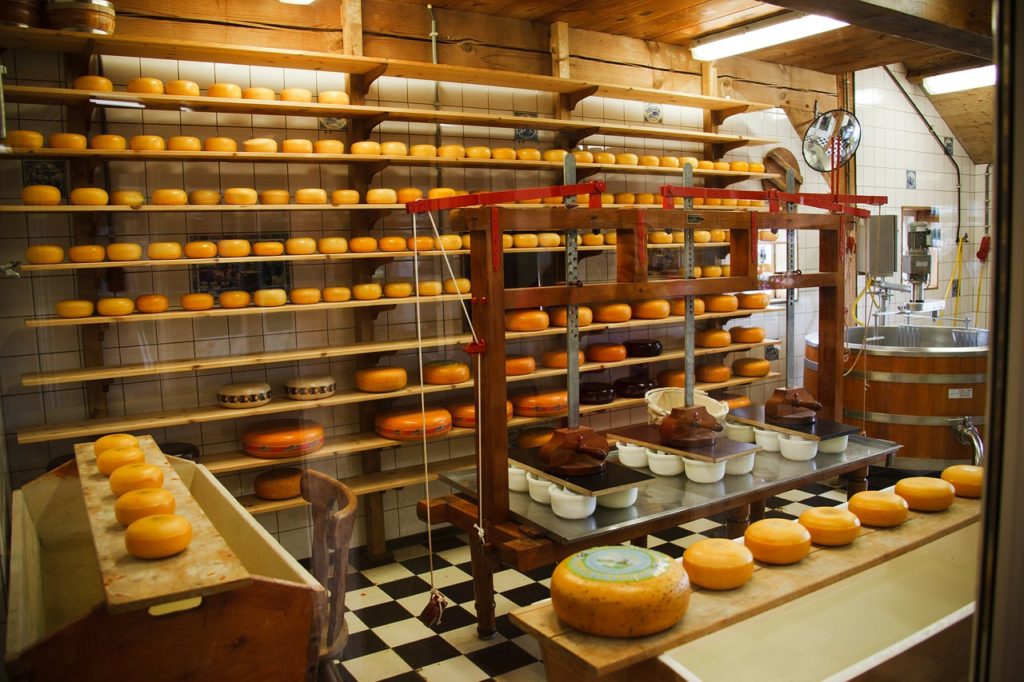
Although there are countless types of cheeses, the process of cheesemaking is more or less the same. Below are the basic steps:
Step 1. Preparing Milk
Milk is definitely crucial for cheesemaking. After choosing the desired type of milk, there are several procedures for the milk. Generally speaking, the milk will then be pasteurized and homogenized.
Cheeses that will be aged for more than 60 days typically use raw milk while most of the other cheeses use pasteurized milk. Pasteurization is a method of heating a liquid to a certain temperature and keeping it for a certain period of time to kill bacteria. It is an extremely important development for food processing that has made a great breakthrough in food safety and preservation.
However, it creates two issues for cheesemaking. First, pasteurization not only kills the undesirable bacteria, but also the beneficial bacteria in the raw milk. Second, the result of heating raw milk is that the taste is no longer the same.
Yet, food safety considerations are more important than the taste. Dairy producers have also developed various methods to compensate for the difference such as re-adding beneficial bacteria.
And homogenization is a step that reduces the size of fat globules. As a result, the milk becomes richer and smoother with a nice white color.
Step 2.1 Acidifying the Milk
This step is to make the milk more acidic. To do so, the cheesemaker will heat the milk to a specific temperature and add specific cultures to it. Hence, lactic acid bacteria are produced and fermentation then occurs. Consequently, the milk becomes more acidic as the bacteria yield lactic acid.
Step 2.2 Curdling the Milk
The milk starts curdling when it becomes more acidic but it is still soft. To further solidify the milk, the artisans will add rennet to it. Cheeses made with rennet tend to be sweeter since it curdles at a lower acidity.
Step 3. Separating Curds and Whey
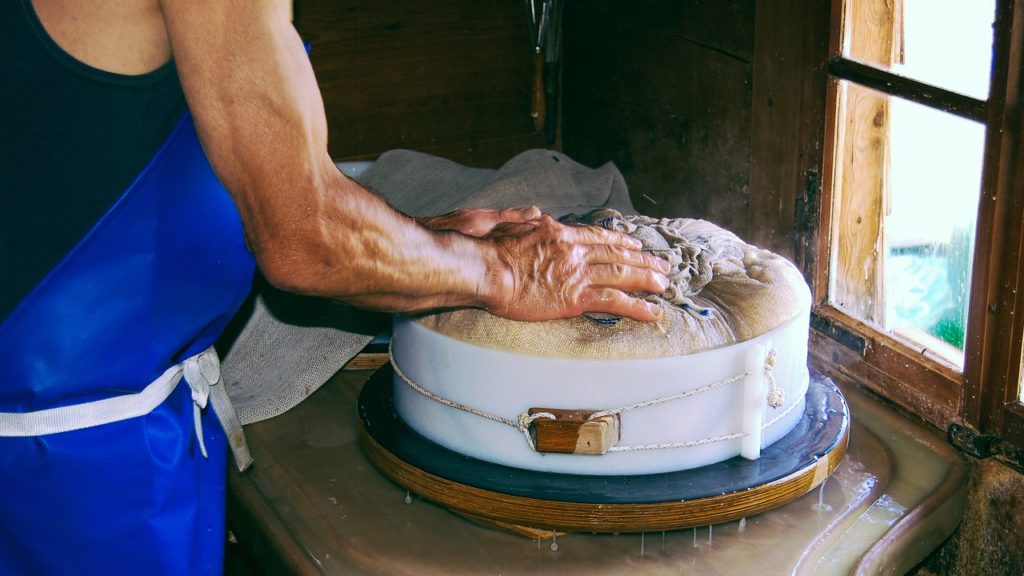
Whey is the liquid remaining after milk is curdled and strained. At the beginning of coagulation, the curds are still soft. The cheesemaker will cut the curd with knives to increase the surface area and hence facilitate draining. The larger the curd, the slower the draining, and therefore softer in texture because of higher water content.
Next, they will slightly increase the temperature to further separate curds and whey. After that, it’s time to strain and form the cheese. Along with further processing, more whey is separated out and so the curds contain less water; hence produce a harder and drier cheese. In other words, draining less whey away will get a softer texture.
Whey can be used to make cheeses as well such as Ricotta cheese. It has a great amount of water and low fat content.
Step 4. Salting
This step may occur at any time during cheesemaking, maybe before curdling or after cutting the curds. It can be dry salting just like rubbing salt on the surface, or storing the curds in brine.
The more the salt is added, the more salty the cheese is, and it can even replace salt in cooking. But salt not only can change the taste directly by saltiness, but also can control the degree of fermentation and thus change its flavor. During the aging process, the products generated from bacteria such as carbon dioxide affect the flavor significantly. Adding salt can restrain the bacterial growth and prevent it from spoiling.
Other than the flavor, salt does change the texture too. Salt can dehydrate cheese which will be harder and the shelf life is also longer.
Step 5. Shaping the Cheese
There are many ways to shape cheeses, it depends on the traditional preparation method and the texture. After the curd is taken out, it needs to be placed in gauze, basket, cloth bag or mold to continue to drain for a fixed period of time, depending on the type.
Step 6. Aging

The duration of aging ranges from several days to years. At this step, the artisans may further process the cheese. For instance, they may rub the exterior with brine or wine, or wrap it with rind.
◈Different Types of Cheese
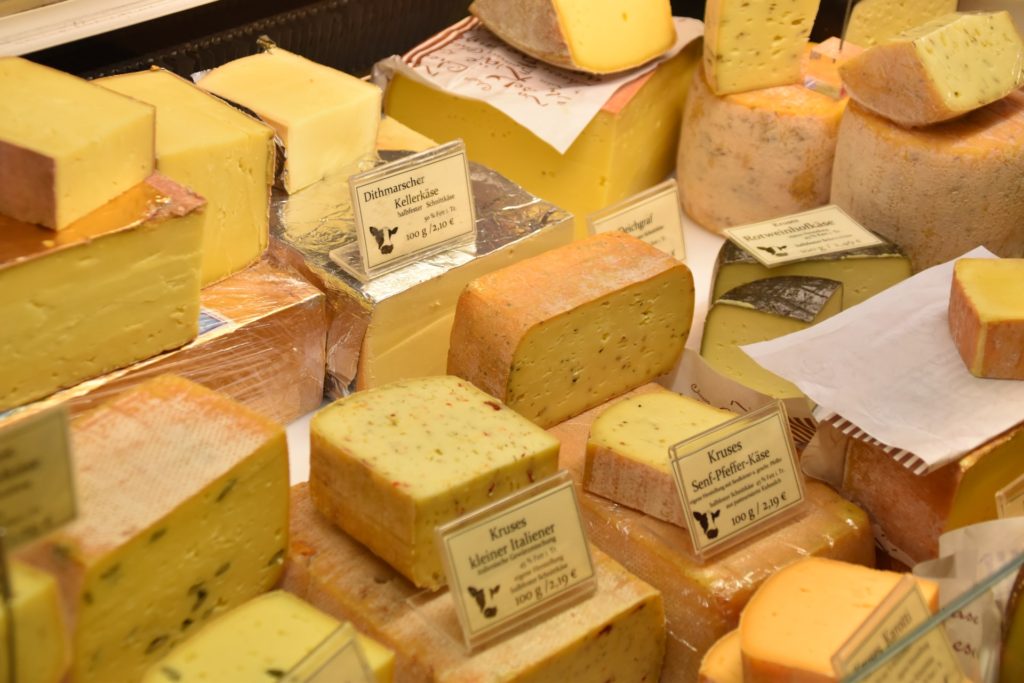
There are billions of types of cheeses that you can never taste them all. Different animal’s milk, acid, rennet, water content, amount of salt, number of days of aging, and many other factors will alter a cheese.
There are many ways even just to categorize cheeses, the simplest one is to sort them by the milk types mentioned in the above. Like cows, goats, buffalo cheese and so on.
► Read More: 20+ Types of Cheese Must To Know | The Most Complete Cheese Guide
On the other hand, sometimes, the connoisseurs will classify them according to their texture. It roughly includes soft, semi soft, semi hard, and hard cheese. Below are some examples, the hardness may be slightly varies from the aging time:
- Soft Cheese: Camembert, Brie, Saint André, Délice des Crémiers
- Semi Soft Cheese: Mozzarella, Fontina, Taleggio
- Semi Hard Cheese: Gouda, Tête De Moine, Raclette
- Hard Cheese: Parmigiano Reggiano, Grana Padano, Cheddar
Sometimes, some distinctive cheeses are individually categorized such as blue cheese and smoked cheese. Each type can have a lot of varieties by adding extra flavorings, different aging length and processing.
► Read More: What Is Blue Cheese? How It Is Made? | FAQs of Blue Cheese
► Read More: 11 Best Types of Blue Cheese From Mild to Sharp
◈Which Cheese Is Healthy?
Cheese is a rich source of protein, calcium and vitamins, yet it is widely regarded as a high fat, calories and sodium food. But not all cheeses are the same, some of the types contain less fat and sodium.
Generally said, cream and hard cheeses (e.g. Parmesan) have more saturated fat which is bad for the cardiovascular system. Softer cheeses like Cottage, Ricotta and Mozzarella are lower in fat and calories. Swiss Cheese contains less sodium and fat than most other cheeses, it is suitable for people who need to monitor their salt and fat intake.
Although these types of cheeses have less fat and sodium, do not overdose. Otherwise they will also harm your health.
◈Is Cheese Gluten Free?
Yes, most of them. Most of the traditional cheeses are gluten-free as they only involve milk, coagulant and some salt. But the processed cheeses and the cheeses with extra flavorings may not be gluten-free. The safest way is to check the label to see if it contains wheat, barley, rye, hops and other ingredients.
◈Is Cheese Keto-Friendly?
Congrats, it is a very nice choice for the ketogenic diet. It has a good content of fat and protein with low carbohydrates. Only 3.2 g of carbohydrate per 100 g of cheese. So feel free to eat cheese if you’re on a keto diet.
► Read More: Is Cheese Keto Friendly? What Kinds of Cheese to Choose?
◈What to Pair?
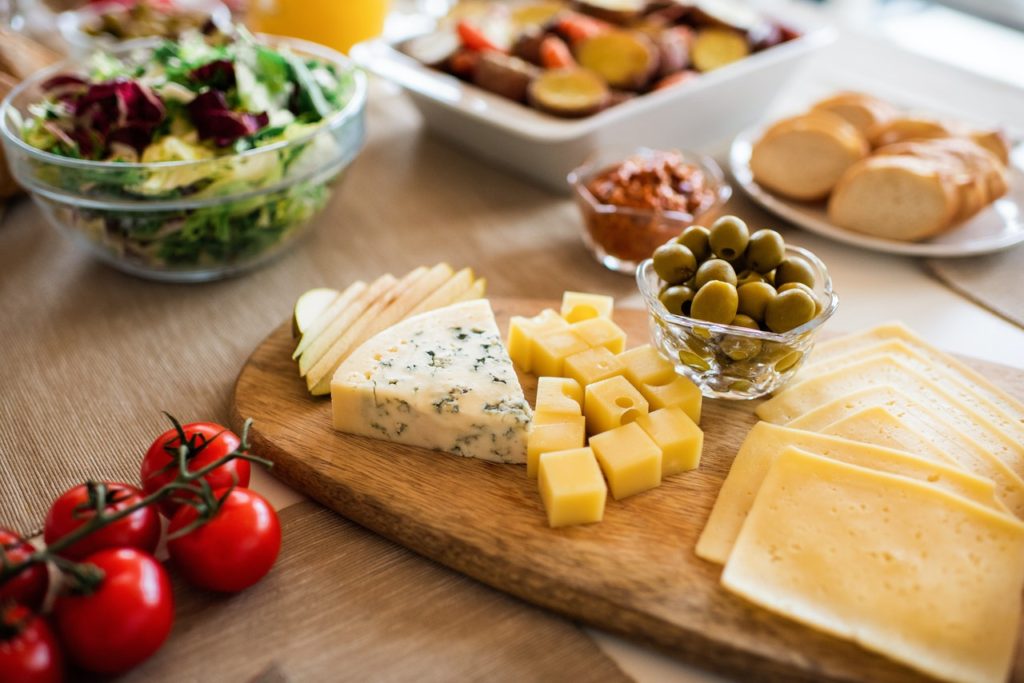
Cheese is super versatile! You can pair it with endless choices. The following are some of our recommendations. Let’s dive in!
- Bread: No matter sourdough or French baguette, as long as the taste of bread does not overwhelm the cheeses, it matches well.
- Cracker: It is the most common pairing with cheeses. Cracker is a very convenient complement especially during travel.
- Cured Meat: This is substantial on a charcuterie board. Salami, chorizo and ham are the best choices.
- Fruit: Fresh or dried fruit does go well with cheeses such as grapes and dried apricots. The sweetness of fruit balances the saltiness of cheeses and gives you the best taste experience.
- Nuts: Crunchy nuts pair well with cheeses. Almond, walnut, cashew and many other nuts deliver a wonderful combination with various cheeses.
There are many other accompaniments for cheeses like olives and wine. Experiment with different foods and find your own perfect match!
► Read More: 8 Types of Ham You Must Try! | Shopping Tips for Newbies in Ham
Summary
The knowledge of cheese is unlimited and this article only accounts for a tiny portion. There is still a long way for you to learn but I’m sure it’s interesting. Since cheeses are splendid and you will get addicted to it soon!
If you buy on Gourmet Food Store.com, use our unique discount code: KitchenTeller on the Basket page or the Payment page during checkout to enjoy 10% OFF!
If you buy on Di Bruno Bros, click HERE to check the latest discount!
